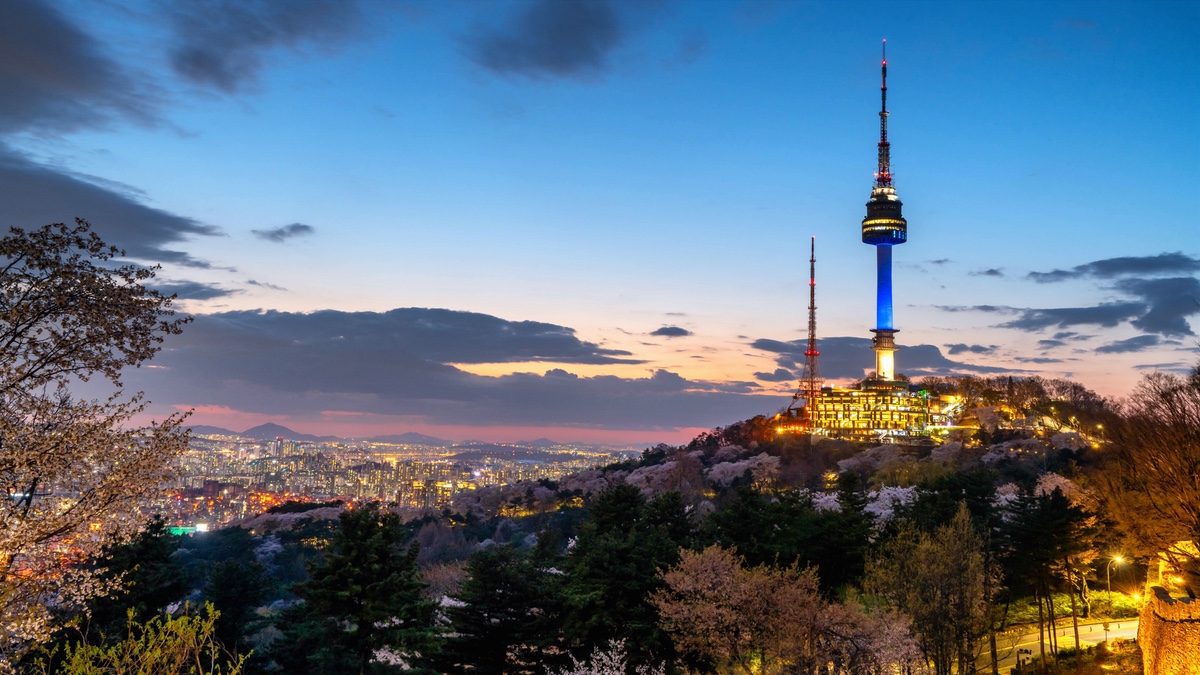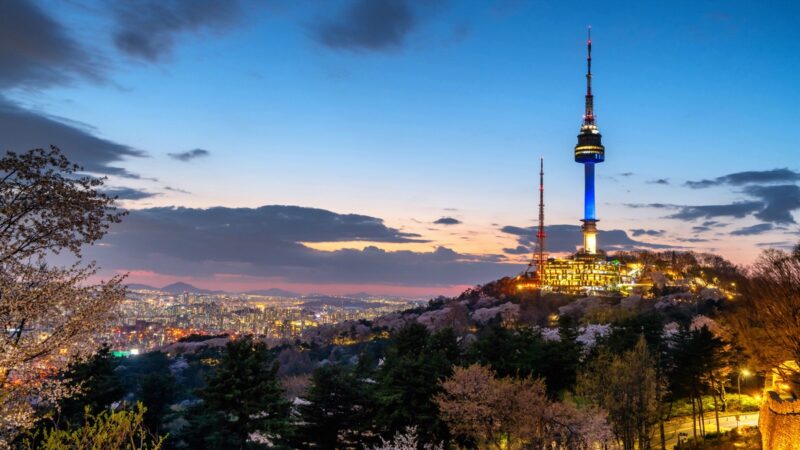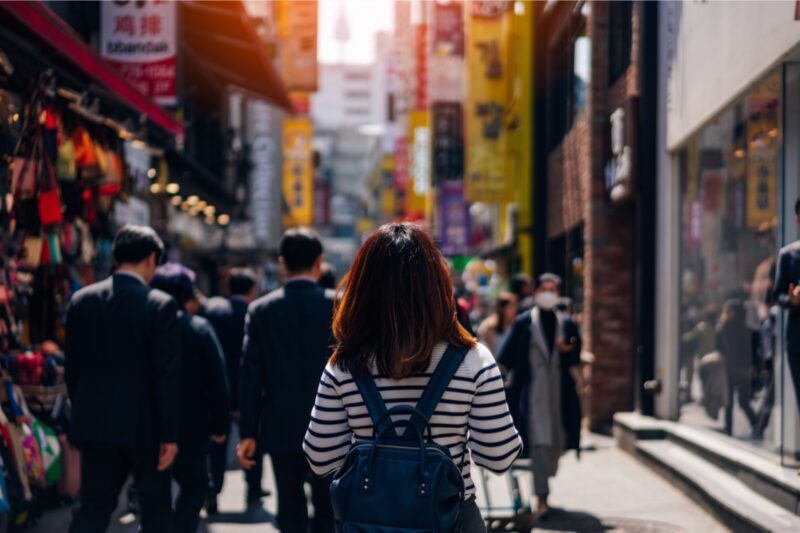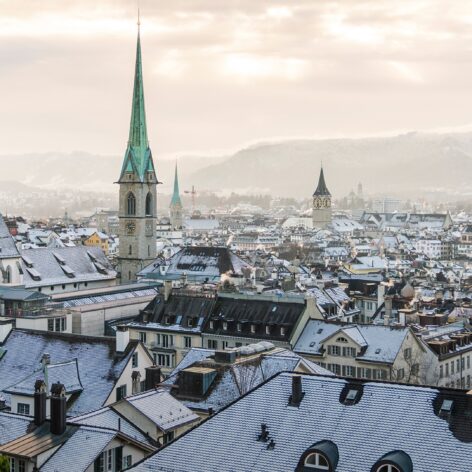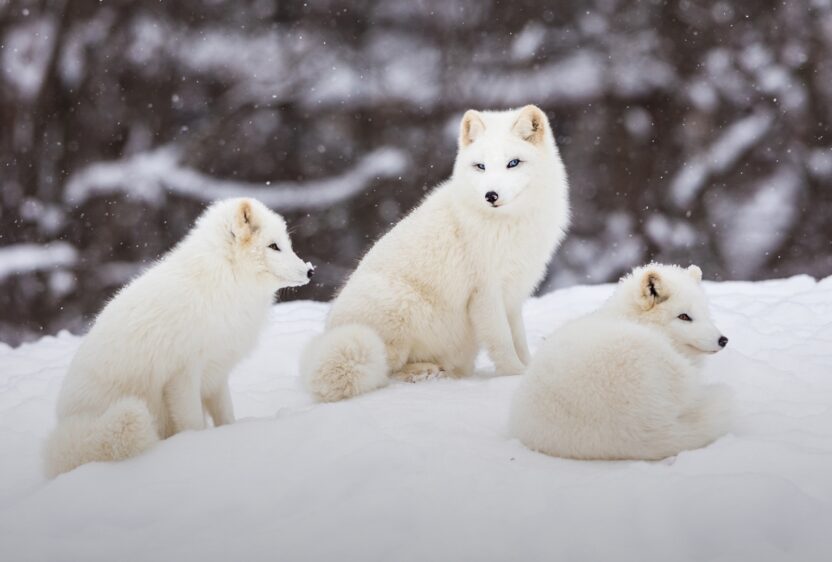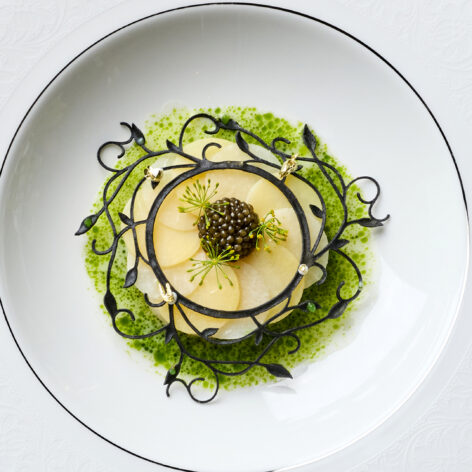When Rolling Stone put BTS, the music and dance phenomenon founded in Seoul, on their June 2021 cover, the headline that ran with it simply but resolutely read: “The Future of Music”. But music is just one corner of the global contemporary culture that South Koreans have dominated in the last several years. If you’ve been riding the Korean Wave that began swelling in the 1990s, it’s time for a total immersion and a pilgrimage to the South Korean capital. Here, we share the lay of the land, marking top places you should visit across Seoul, and that you might recognize as settings in Korean shows and music videos.
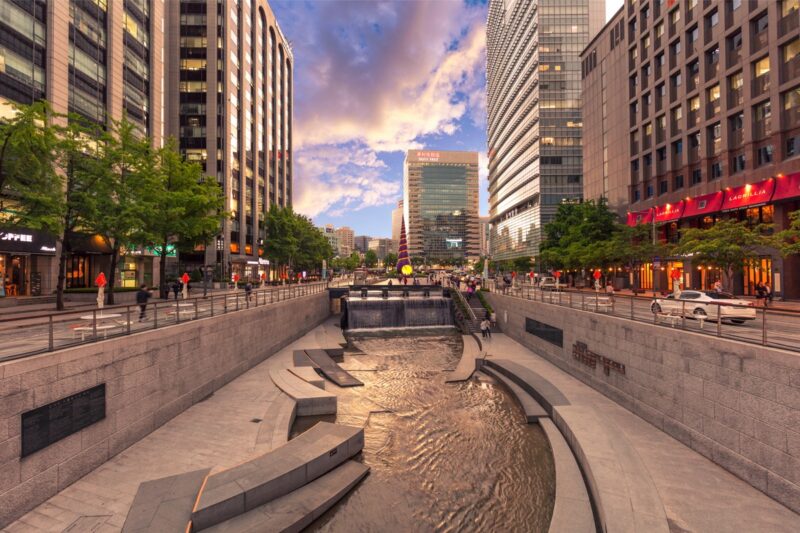
1. Cheonggyecheon Stream
Whatever time of the year you find yourself in Seoul, Cheonggyecheon Stream needs to be on top of your list. It’s one of the finest and most inspiring examples of urban regeneration in the city. The 11km Joseon Dynasty-era stream had been covered by a highway overpass for decades as South Korea rapidly industrialized post-war. In 2003, the city of Seoul embarked on a massive, multi-million dollar restoration project to revitalize a declining downtown area, and to essentially return it to human scale. As part of the project, the highway over Cheonggyecheon Stream was removed, green spaces were reclaimed and cultivated, and bridges were constructed. Today the stream is home to 22 bridges and numerous art installations, and is a favorite setting for live cultural events as well as film shows.
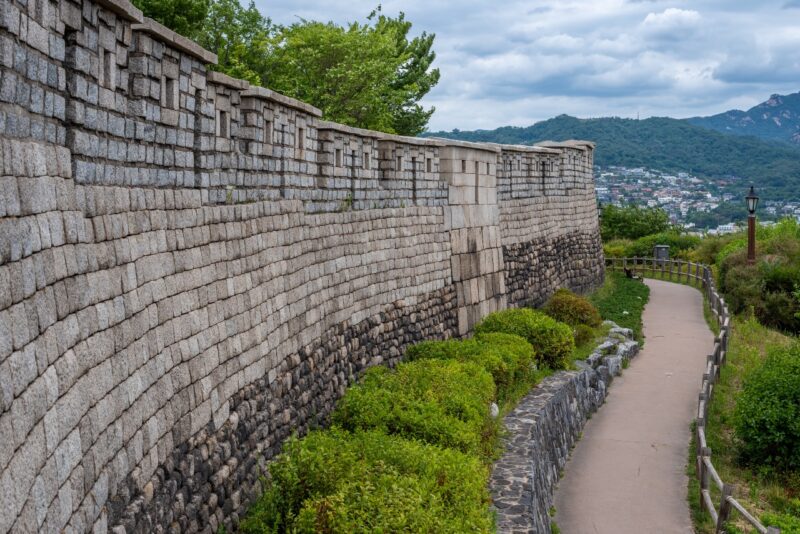
2. Seoul City Wall
Alternatively called Seoul Fortress, the wall was built in 1395 as protection from invaders. Built of earth and stone along the ridges of four inner mountains, it follows the area’s topography, rising and falling according to the contours of land. The wall has been renovated, refurbished and rebuilt at various times throughout its long history, and at present, a 12km stretch is protected as a historical site. One of the eight gates that line this wall, Namdaemun Gate, once served as the primary entrance to the city.

3. Eungbongsan Mountain
Despite being only 94m, Eungbongsan Mountain offers a breathtaking view of the Han River and the Seoul Capital area. It’s a quick, 30-minute hike to the top, where you’ll find the Octagonal Pavilion, a traditional eight-sided pagoda, where cultural performances are held, usually during the first sunrise of the new year.


